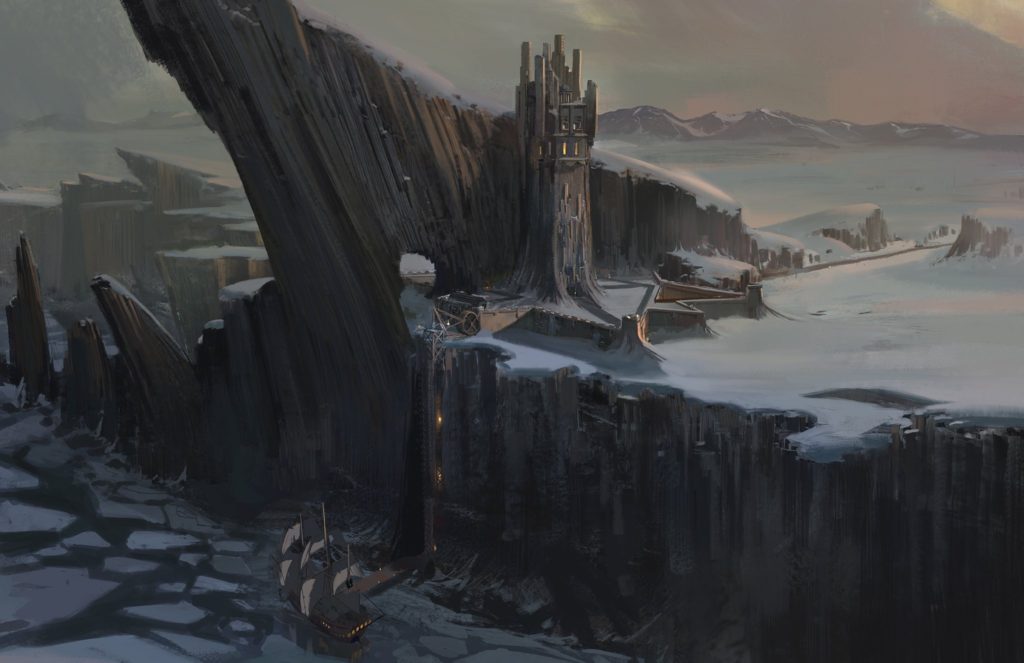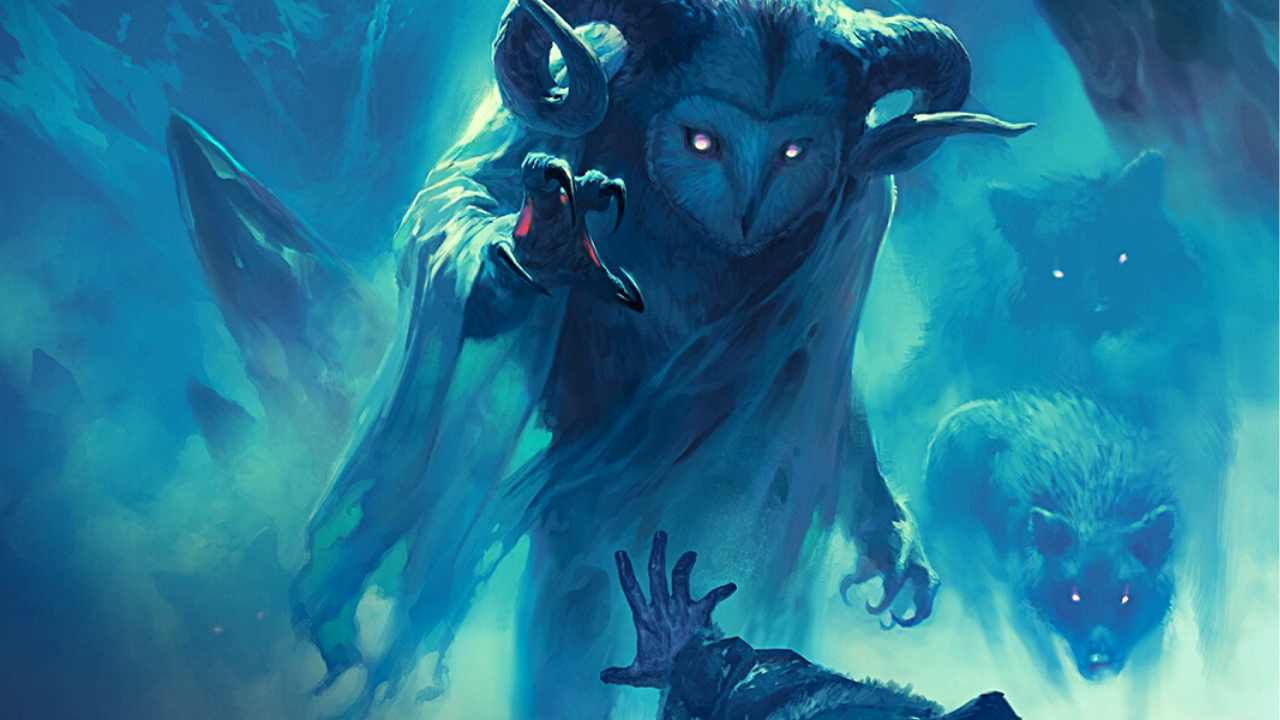Welcome to the eighth set of game notes of our The Rime of Frost Maiden campaign from a player’s perspective. We’ll discuss the pre-game, the session itself, the post-game and what I’m taking into the next session in each of these posts. The aim is to provide a diary of the experience from a player’s perspective.
Disclaimer
These posts are written from the perspective of a player who has purposefully not looked up spoilers. I am enjoying the game. These thoughts are my own and I can’t speak for my fellow players.
These reports are written close to the session but may not be released immediately after.
The sections
The pre-game
It’s been a while. We’ve had an end run of cancellations due to people being on holiday or busy. I think it’s actually been over a month? Possibly two months.
So there wasn’t really any pre-game beyond quickly checking in we are good to go.
Key points
The session had the following key points: –
- We completed the build of The Summer Star in the last session
- We needed to do something with it to make it useful
- A possible way to do this was to speak to a Wizard in Revel’s End
- Revel’s End is a prison in the remote north of Icewindale a bit like Marvel’s The Raft
- We spoke to the Wizard and selected to break him out for the information
- On breaking him out he fixed The Summer Star
At the end of the adventure, we’d let someone out of prison who is probably pretty dangerous but we had The Summer Star fully completed.
The session
One of the best things in the session was Revel’s End, it’s probably one of the best locations we’ve been to in the campaign so far. Certainly the one with the most potential for being an excellent, balls-to-the-wall cinematic action location.
Apparently, it’s in the D&D movie, which was kind of cool.

Since we had very little context for Revel’s End or who the wizard was we didn’t really know if we should have been launching a Mission: Impossible-style ariel extraction or if we were just walking up to the front door and politely asking for a chat?
We chose to walk up to the front door and politely ask for a chat due to having no signals to the contrary that anything else was necessary. Ultimately, the deal was to obtain his spell book and extract him. It just felt the location had more promise than the events.
I loved Revel’s End, it is a location to die for, but we’ll come back to that in the post-game.
We used a tweaked skill challenge montage technique for our escape once we’d got out of Revel’s End. That was really good. One player sets up a challenge, another player complicates it and then the third player resolves it. That sequence is the tweak to a much-used tool. We chose not to make skill rolls but I think it really worked. I always find it a bit off how D&D works by one set of rules when the system is used and a completely different fiction model when these sort of montages are used but that’s a facet of these sorts of games.
The post-game
This adventure, at least in the way we have played it, feels like a conclusion to the opening act. It’s just I find The Summer Star confusing. It’s possible it has a use down the line for which I am not aware but having it reconstructed seems important but it did not bring any sense of a conclusion or meaningful end to the opening act.
What does it actually do? What is the material impact we’ve had on Ten-Towns?
I’m probably always looking for a level of story that maybe the module does not provide. Like using The Summer Star to change the fate of a town? Stop the human sacrifices? Turn the sun on for a period to give Icewindale a respite for days or weeks. All of these things could have tripped the characters into a different fictional concept of being the heroes, raised the stakes and felt like a conclusion or provided fateful choices.
We have an established session structure which doesn’t vary much: a quest giver who is often immediately presented, an encounter on the way, and then a relatively simple situation. The session structure works well as an introductory one-shot format. It’s a valid way of doing it but it does mean there is no deft world or character building happening across the table which adds to the fabric and can be further built on.
On reflection, I found myself asking a question: why did the game light up and the engagement increase at the three-step skill montage? It’s not just because montages are a good tool, it was because it was a moment the players could actively contribute and had a vehicle to do so. The rest is quite locked down or lacking a fabric to leverage. The way the structure of the sessions are working and the fact events exist in a vacuum means there is literally no opportunity or ‘way in’ for the players to add pro-actively to the fabric of the game.
Stars and Wishes
At the end of each session, we can list stars (things to keep doing) and wishes (things we want to see).
We did them this week. We concentrated on how good the location of Revel’s End was. We also liked the slightly different montage technique. We should use that again.
Plans for the next session
The game apparently changes now, but since I am keeping this spoiler free I’m not exactly sure how. I am going to assume it’s a typical adventure tier change and we’ll now be going to bigger and more exotic adventure locations and dealing with bigger threats.
This is both exciting and also a bit of a missed opportunity.
I am excited about the adventure tier change as these things are always enjoyable. Bigger locations, bigger stakes and just doing things that make you feel like bigger heroes at an events and system level. It changes things up.
The missed opportunity is how we could have materially impacted Ten Towns, woven ourselves into the fabric of it and had that experience impact who our characters are.
We do know our heroic ranger, missing from the session, has been spending too much time looking into the vacant eyes of that weird skull we found and has set off on some damned fool crusade. I have thoughts on that as well, but we’ve been here a while.

